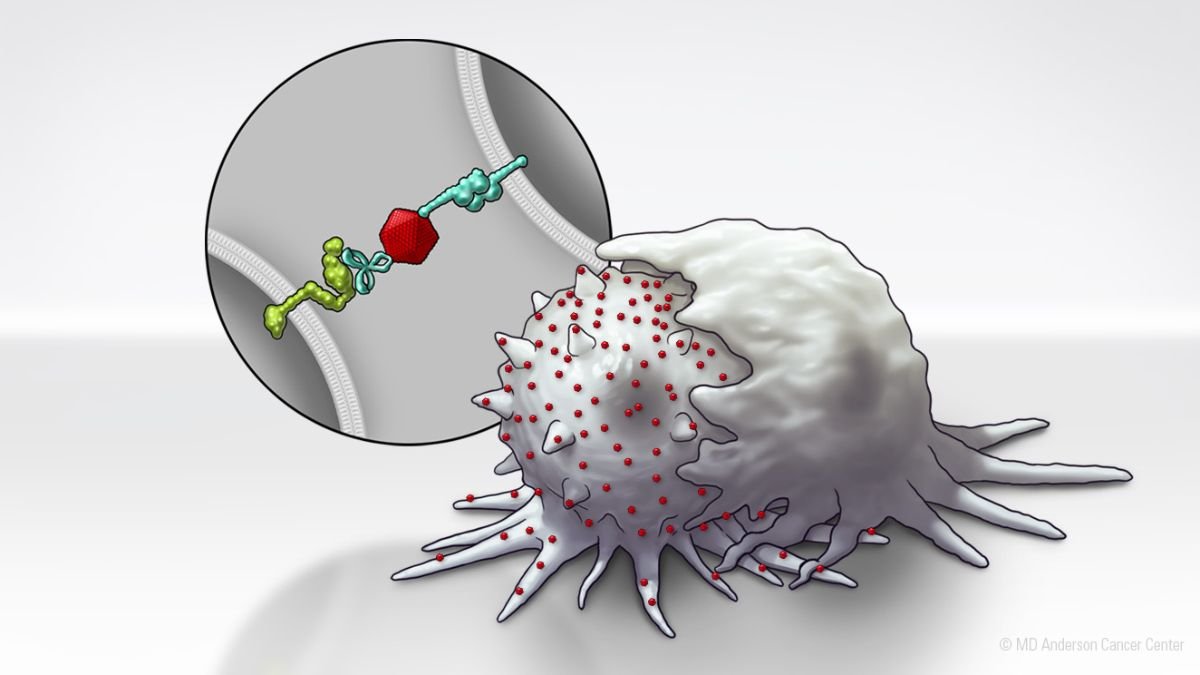In the world of health science, new discoveries are made every day, but when it comes to a deadly disease like cancer, every new hope is nothing short of a blessing for humanity. In recent years, immunotherapy has played a major role in cancer treatment. This technique helps fight cancer cells by strengthening the body’s own immune system. Now, another powerful partner has joined the fight—nanotechnology.
This combination of nanotechnology and immunotherapy could completely transform cancer treatment in the future. It will not only make treatment more effective and precise but also reduce its side effects.
What is Nanotechnology?
Nanotechnology is a branch of science that uses extremely small particles—nanoparticles. These are so small that their width is equal to one-millionth of the thickness of a human hair. In the field of medicine, these particles are used to deliver drugs directly to targeted cells.
For example, if a patient has cancer, nanoparticles can be used to deliver the drug directly to the cancer cells, thus preventing damage to healthy cells and significantly increasing the effectiveness of the drug.
What is Immunotherapy?
Immunotherapy is a medical treatment that trains the body’s own immune system to identify and destroy cancer cells. Normally, our immune system fights viruses and bacteria, but cancer cells often evade it by disguising themselves as “normal” cells.
Immunotherapy helps solve this problem. It teaches the body that cancer cells are a real threat and must be destroyed.
Why is the combination of Nanotechnology and Immunotherapy important?
Despite being highly effective, immunotherapy does not work equally well for all patients. Sometimes, the medication doesn’t fully reach the cancerous tissue, or the immune system doesn’t respond effectively.
This is where nanotechnology proves helpful.
Nanoparticles deliver medications to cancer cells in a targeted manner.
They release the drug slowly and in a controlled way.
This allows the body to receive more benefit from a lower dose, resulting in fewer side effects.
This combination not only helps the body’s immune system recognize cancer cells but also reduces the likelihood of cancer recurrence.
How does it work?
When nanoparticles are used in immunotherapy, they act like a special carrier system.
- Drug Encapsulation: The medication is enclosed within the nanoparticles to prevent it from breaking down in the body.
- Targeted Delivery: It reaches directly to the cancer cells or the tumor area.
- Activating the Immune System: These particles stimulate the immune system so that it can identify cancer cells.
- Destroying Cancer Cells: Once identified, the immune system eliminates those cells.
The Revolutionary Role of Nano-Immunotherapy in Cancer Treatment
Many studies today have proven that nano-immunotherapy can be far more effective than traditional cancer treatments. For example:
- Nano-vaccines enhance the immune response in the body.
- Nano-carriers safely deliver cancer antigens to the body.
Some nanoparticles travel to the cancerous tissue and alter the environment there, allowing immune cells to function more effectively.
Real-Life Examples of Nano-Immunotherapy
- Many research institutions and pharmaceutical companies worldwide are working on this technology. Scientists at Harvard University and MIT have developed nanoparticles that can activate immune cells around cancer tumors.
- Trials underway in Japan and Germany have shown that nanovaccines have reduced cancer recurrence by up to 40%.
- Scientists in India are also now researching nano-based immunotherapy to make this treatment more affordable.
Advantages of this technology
- Precision Treatment: The medication targets only cancer cells, protecting healthy cells.
- Fewer Side Effects: Compared to traditional chemotherapy, nano-immunotherapy results in significantly fewer side effects such as hair loss, fatigue, and vomiting.
- Improved Response Rate: By activating the immune system, the body becomes capable of fighting cancer on its own.
- Long-Term Benefits: This technology also reduces the likelihood of cancer recurrence.
Challenges and Limitations
Although this technology is very promising, it also has some challenges:
- The production of nanoparticles is expensive.
- The long-term effects on the body are still being studied.
- It is not equally effective for all types of cancer.
- It requires stringent regulatory approvals before it can be brought to market.
The Future Ahead: The Next Generation of Nano-Immunotherapy
- In the future, scientists are developing even smarter nanoparticles with the help of AI and biotechnology.
- These nanoparticles will be able to enter the body and identify which cells are cancerous.
- Some “smart nanobots” will even exit the body on their own after delivering the medication.
- And some nano-systems will act simultaneously as a drug, a vaccine, and an immunotherapy agent.
- It is said that in the next 10 years, nano-immunotherapy could become the most effective method of cancer treatment.
Conclusion
This combination of nanotechnology and immunotherapy is a major revolution in the medical world. It is opening new doors to possibilities not only in the treatment of cancer but also other deadly diseases. When science, technology, and humanity come together, the results are truly miraculous.
If this technology is fully developed in the coming years, cancer will no longer be an incurable disease but a manageable condition—and this transformation will be possible because of this perfect combination of nanotechnology and immunotherapy.
